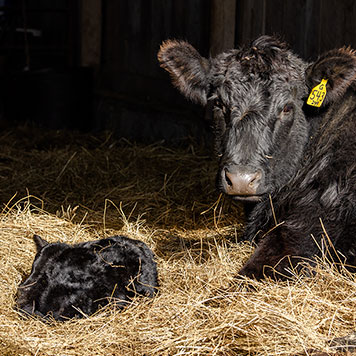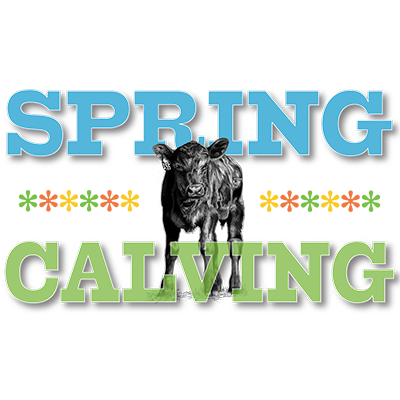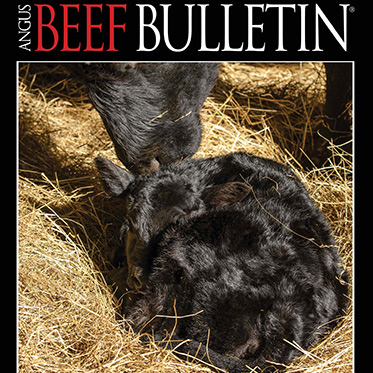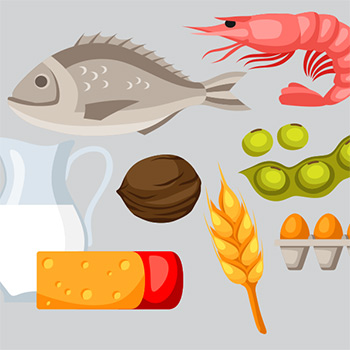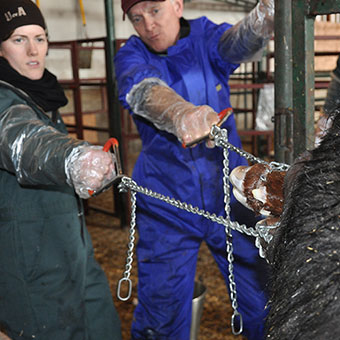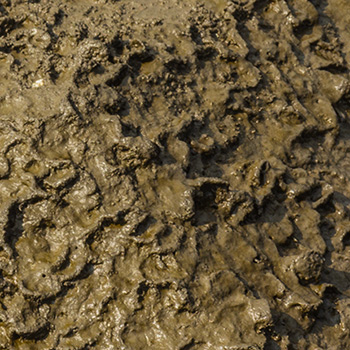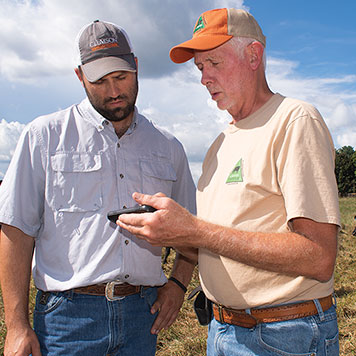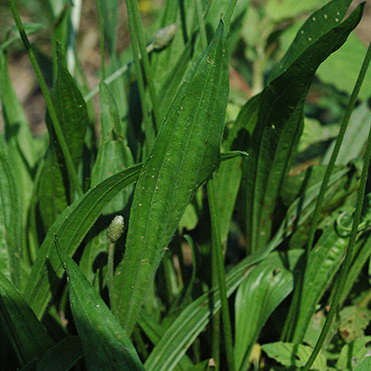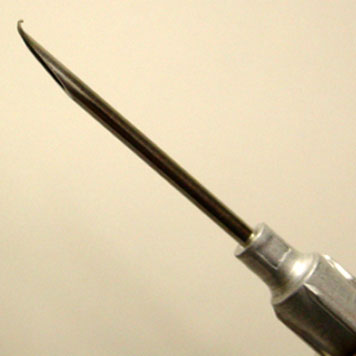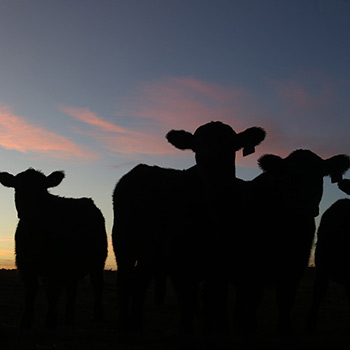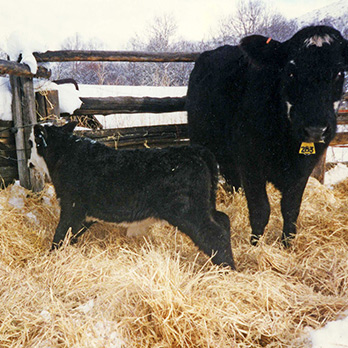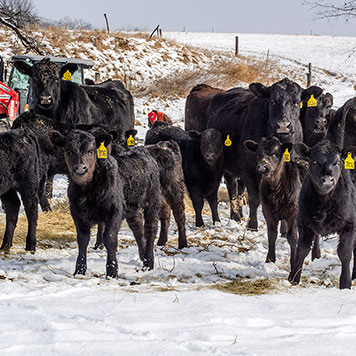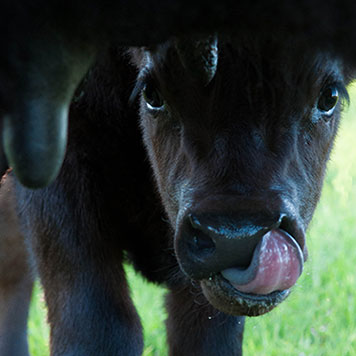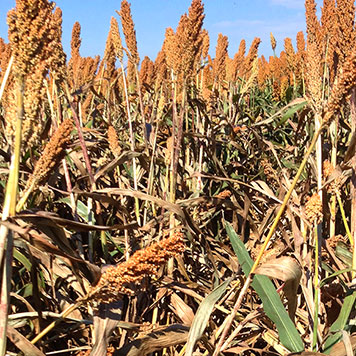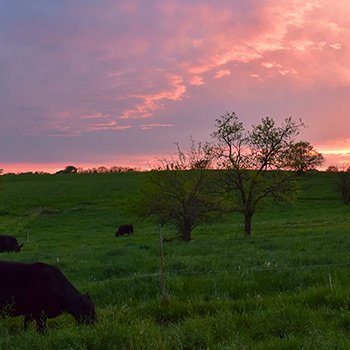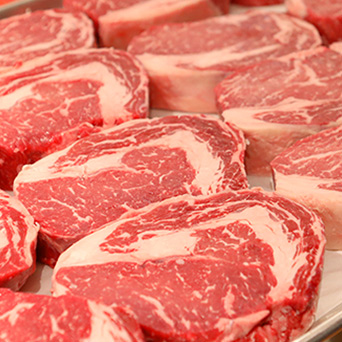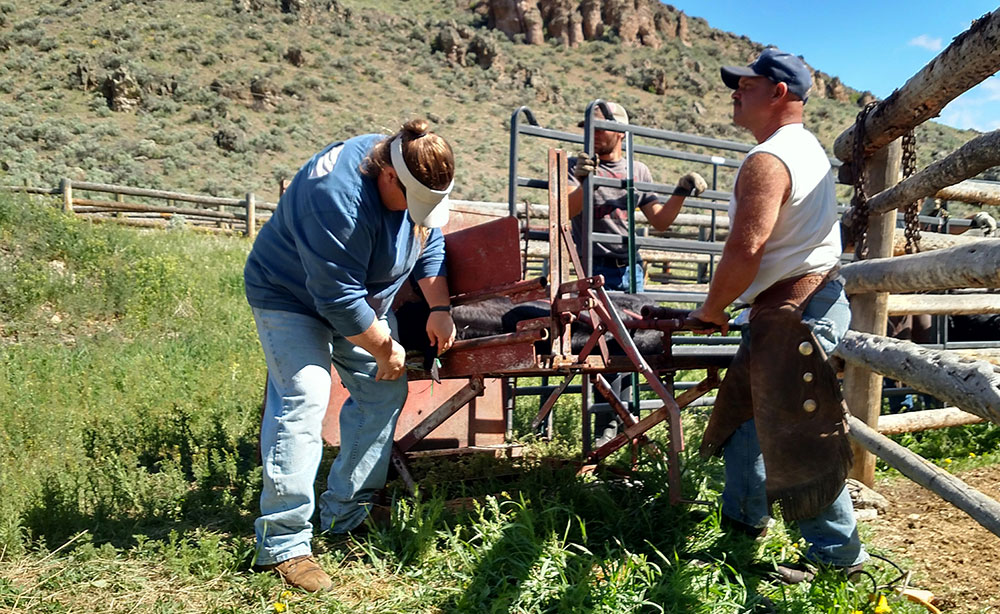
Prevent PI BVD
Checking the herd for BVD starts with calves.

It takes diligence to keep a herd free of bovine viral diarrhea (BVD). This disease can sneak into your herd in many different ways, but one of the most common ways it spreads through the herd is with persistently infected (PI) calves.
A PI calf is one that was infected as a fetus, during a certain stage of pregnancy when the fetal immune system is just starting to develop. If the dam comes into contact with the BVD virus, she may develop an acute infection and get over it — and thus no longer shed the virus — but her fetus may end up persistently infected. If that happens, that PI calf may never mount an immune response and will continually shed the virus throughout its lifetime, spreading it to other cattle.
Chris Chase, professor in the Department of Veterinary and Biomedical Sciences at South Dakota State University, says the biggest issue with BVD is in herds that haven’t been testing calves with an ear-notch program and where biosecurity is not great, such as cattle spending time in community pastures.
“Monitoring for BVD is very important because when the calves are weaned, if there is a PI among them, it doesn’t matter how good the vaccination program is. We see this all the time; producers tested for four or five years in a row and everything was ok, and they quit testing. Then they bought some bred heifers or have a new neighbor across the fence or out on the range, putting new cattle with their cattle, and possibly bringing in cattle from a sale yard,” says Chase.
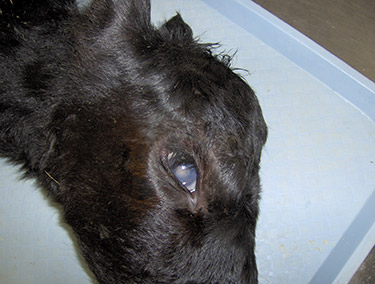 |
“There will always be some calves whose immune systems — for whatever reason, such as stress from a hot day — are not up to snuff. Those calves will be susceptible if they are under constant assault from that PI calf. The best time to check for BVD and limit it is while the calves are young. PI calves are a threat to the cow for her next breeding season,” says Chris Chase. |
Biosecurity doesn’t mean just what happens at your own place, Chase says. This is something people need to be aware of, and realize they need to keep checking. By pooling groups of ear notches at once, testing is much more affordable. If there is any question about a biosecurity issue, it pays to check.
Everything may look good for a while, but then suddenly there’s a problem. This could change your whole focus on how to address it, regarding when and how you vaccinate.
“If cattle are constantly being exposed to a PI, it really changes how they will respond (or not) to a vaccine. Unfortunately there are still some producers who think they can vaccinate their way out of a BVD problem. I don’t care which brand of vaccine it is, when it comes to trying to protect your cattle in the face of a PI animal, on any given day there will be some calf that will be vulnerable to this disease,” says Chase.
“There will always be some calves whose immune systems — for whatever reason, such as stress from a hot day — are not up to snuff. Those calves will be susceptible if they are under constant assault from that PI calf. The best time to check for BVD and limit it is while the calves are young. PI calves are a threat to the cow for her next breeding season,” he says.
Cattlemen shouldn’t become complacent just because things have been going well for a while.
Editor’s note: Heather Smith Thomas is a cattlewoman and freelance writer from Salmon, Idaho.
